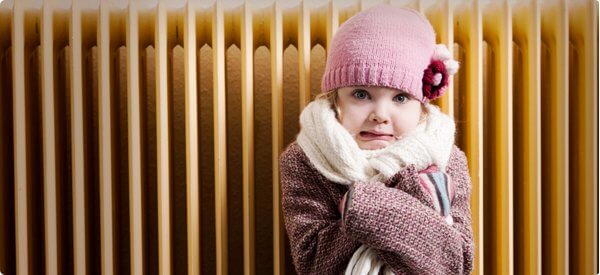From Guest Blogger Dixie Somers: Eco-Friendly Furnace–Heating Your Home through a Green Strategy

Geothermal Heating
Most heating systems are drawing in ice-cold air from the outside and must heat it up to desired temperatures before pumping it back into the house. Geothermal systems take advantage of the fact that underground temperatures are much higher than surface temps in the winter. The air is pre-warmed by pumping it below the surface before it’s heated. The result is that it takes less time and energy to warm incoming air.
Pellet Stoves
These are a low-cost, energy-efficient alternative to the traditional woodstove. Instead of plain wood, these stoves burn fuel that’s made from sustainable, combustible materials, such as scrap wood, sawdust, or hay that are crushed into compact pellets. They burn cleaner and more efficiently than natural wood so you get more heat but less pollution, and at a lower price.
Solar Power
If you’re thinking about bulky, expensive panels on the roof, think again. Today’s solar systems use panels that are much smaller, thinner, and more energy-efficient than older solutions. Your heating system could be of two types, either forced air heated by the sun or pumping heated water through pipes under the floor. Which you choose might depend on the heating systems you already have in place.
Masonry Heater
This is an improvement on traditional fireplace design. While they still burn wood, masonry heaters utilize better airflows and internal twists and pockets used to trap heat, rather than let it escape up the chimney. The controlled airflow means slower burning, which allows you to get more heat from less wood. Less wood burned also means cost savings and reduced pollutants.
High Efficiency
The number-one way to conserve heat and reduce costs is still simple efficiency. Up to 30 percent of heat loss is through windows. Be sure to install insulated windows that can both admit the sun’s warmth and limit heat loss. Adequate insulation and modern, energy-efficient appliances are also important. Your heating systems must function efficiently for the best results. Before winter hits, or at the first sign of trouble, it’s wise to have a qualified furnace technician from a company like HomeSmart from Xcel Energy come in to examine your system and perform any needed repairs or maintenance.
Heat is vital to your family’s safety in freezing temperatures. If you’re looking for upgrades or just optimal performance from your current solution, consult a professional.
